Antonyms in the Animation of “KKN di Desa Penari” From Rizky Riplay’s Youtube Account
Abstract
This study aims to describe the cohesiveness of the discourse in terms of the lexical cohesion aspects of the use of antonymy in an animated story about "KKN di Desa Penari" from the Rizky Riplay Youtube channel. The object of this research is the antonymy found in the animated story about "KKN di Desa Penari" on Rizky Riplay's Youtube channel. The method used in the provision of data is the observing method by watching the animated story with an advanced technique using the "Simak Libat Bebas Cakap" technique (Uninvolved Conversation Observation Technique), and a second advanced technique using the note-taking technique by sorting the required lingual units as data. The method used in analyzing the data is the distributional method. The distribution method is a data analysis method in which the determinant tool is part of the language concerned. The methods used to present the results of data analysis in this study were the formal and informal methods. The results of the analysis of data, in general, showed that the antonymies that appear in the animation from the Rizky Riplay Youtube channel are in the form of polar opposition, plural opposition, relationship opposition, hierarchical opposition, and absolute opposition. This research only focuses on the lexical cohesion aspect of the antonymy usage in the animated story to find out the opposing forms of meaning that are either very opposite or just contrasting meanings.
References
Hajar, I. (2018). Youtube sebagai Sarana Komunikasi Dakwah di Kota Makassar (Analisis Sosial Media). Jurnal Al-Khitabah, 5(2): 95-109.
Halliday., M.A.K., & Hasan. (1976). Cohession in English. London: Longman Group Limited.
Qudus, R. (2013). Analisis Kohesi Leksikal dalam Novel Dom Sumurup ing Banyu Karya Suparto Brata. Jurnal Program Studi Pendidikan Bahasa dan Sastra Jawa, 2(1): 83- 95.
Rakhmawati, A., Muhammad, R., & Budhi, S. (2015). Analisis Wacana Tekstual dan Kontekstual Naskah Drama Matahari di Sebuah Jalan Kecil Karya Arifin C.Noor serta Relevansinya sebagai Bahan Ajar di Sekolah Menengah Atas. Basastra Jurnal Penelitian Bahasa, Sastra Indonesia dan Pengajarannya, 3(2): 1-17.
Ratna, N. K. (2015). Teori, Metode dan Teknik Penelitian Sastra. Yogyakarta: Pustaka Pelajar.
Suciadi, A. A. (2003). Menguasai Pembuatan Animasi dengan Macromedia Flash MX. Jakarta: PT. Elex Media Komputindo.
Sudaryanto. (2015). Metode dan Teknik Analisis Bahasa. Yogyakarta: Sanata Darma University Press.
Sukriyah., Sumarlam., & Djatmika. (2018). Kohesi Leksikal Sinonimi, Antonimi, dan Repetisi pada Rubrik Cerita Anak, Cerita Remaja, dan Cerita Dewasa dalam Surat Kabar Harian Kompas. Aksara, 30(2): 267-284.
Sumarlam. (2019). Teori dan Praktik Analisis Wacana. Surakarta: Buku Katta.
Tarigan, H. G. (2009). Pengajaran Wacana. Bandung: Angkasa
Widiastutik L., Turriyaningsih, & Sumarlam. (2019). Antonimi dalam Debat Perdana Capres Cawapres Indonesia Tahun 2019. Prosiding Seminar Nasional Linguistiks dan Sastra (SEMANTIKS) 2019, 606-616.
Authors who publish with Jurnal Ilmiah Lingua Idea agree to the following terms:
- Authors retain copyright and grant the journal right of first publication with the work simultaneously licensed under a Creative Commons Attribution License (CC BY-SA 4.0) that allows others to share the work with an acknowledgment of the work's authorship and initial publication in this journal.
- Authors are able to enter into separate, additional contractual arrangements for the non-exclusive distribution of the journal's published version of the work (e.g., post it to an institutional repository or publish it in a book), with an acknowledgment of its initial publication in this journal.
- Authors are permitted and encouraged to post their work online (e.g., in institutional repositories or on their website) prior to and during the submission process, as it can lead to productive exchanges, as well as earlier and greater citation of published work.



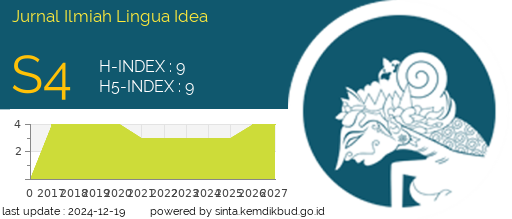


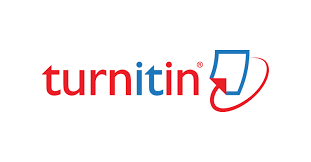













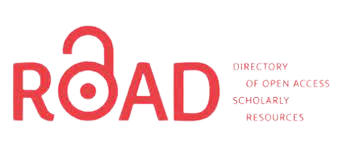
.png)

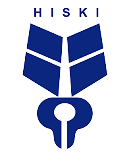
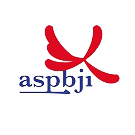
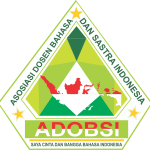
_.png)


